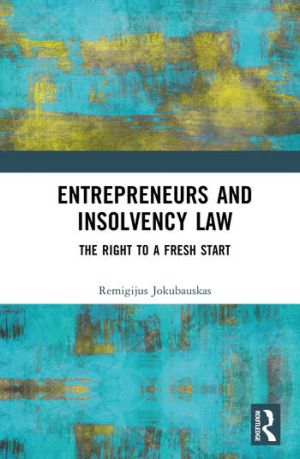
This book analyses the discharge of debts procedure in relation to insolvent entrepreneurs, covering the protection of human rights under insolvency law.
The process of discharge of debt is a key mechanism in insolvency law when addressing individual over-indebtedness. This book promotes the "fresh start" principle, which is the primary objective of the debt discharge process for insolvent entrepreneurs, and explores how fundamental human rights apply within such insolvency proceedings. Aiming to justify the limitation of creditors' property rights when their claims are discharged, it discusses the models and procedures for insolvency proceedings involving entrepreneurs. Discussing the EU Restructuring and Insolvency Directive ((EU) 2019/1023) and the UNCITRAL Legislative Guide on Insolvency Law for Micro- and Small Enterprises (2022), the book addresses specific aspects of the discharge of debt process that present practical and theoretical challenges, and suggests practical solutions.
The book will be of interest to researchers in the field of insolvency law, financial law and entrepreneurship.